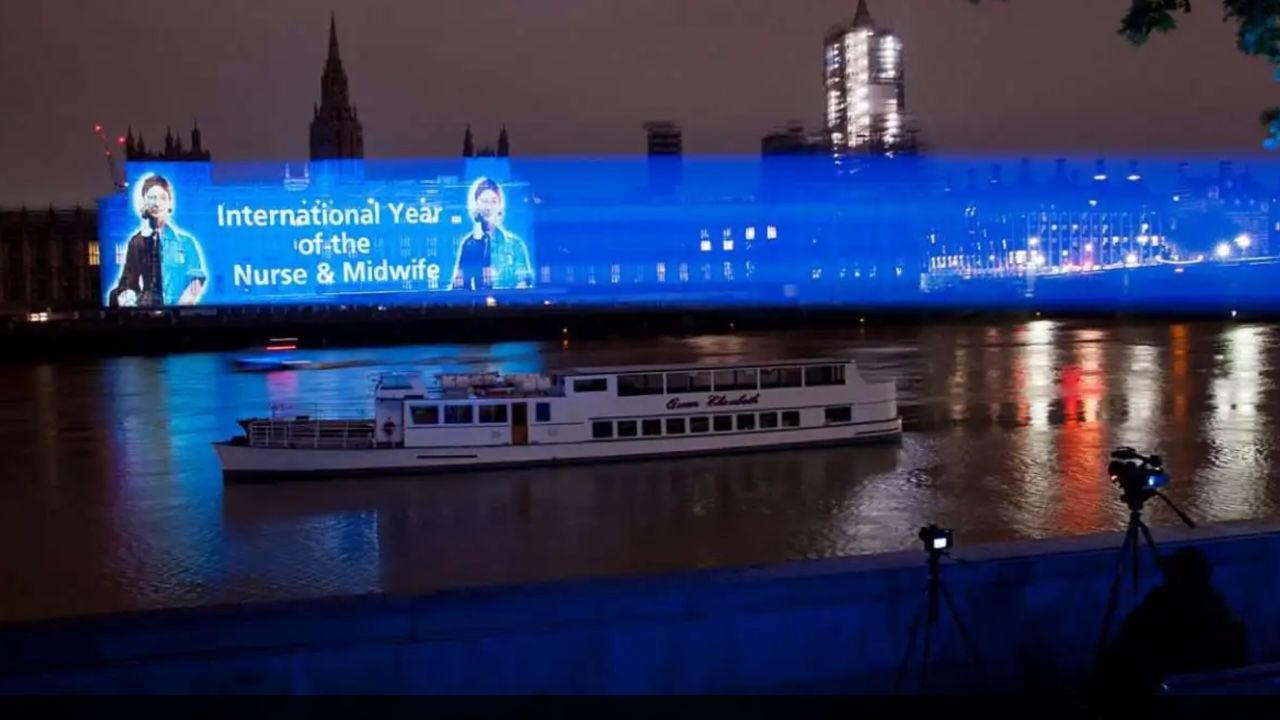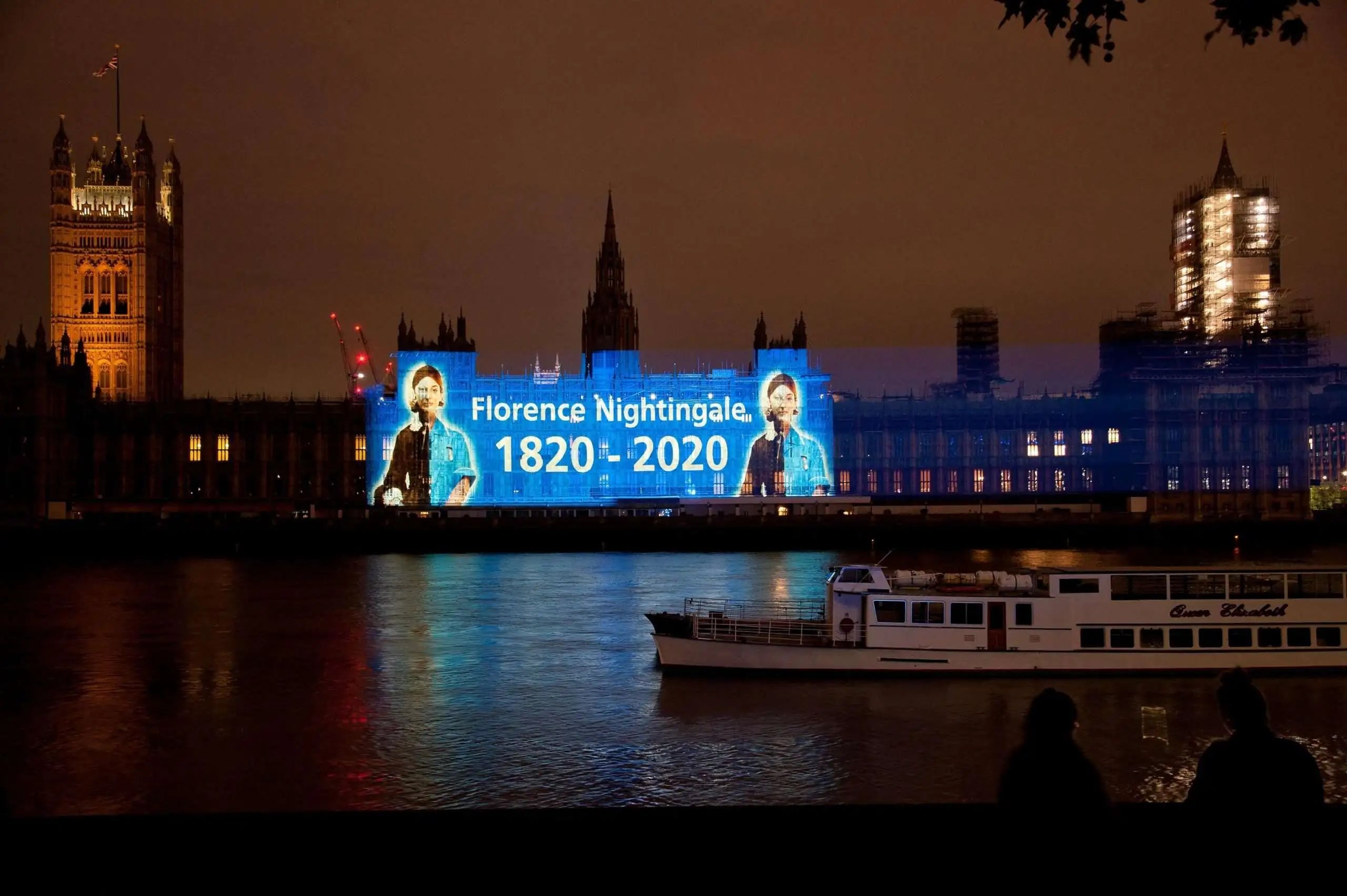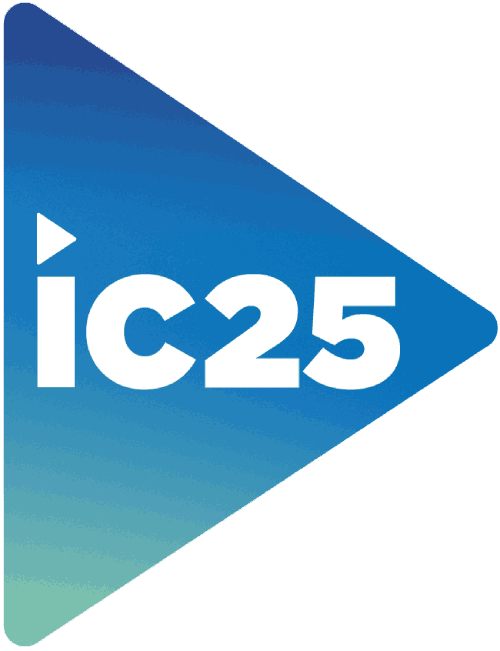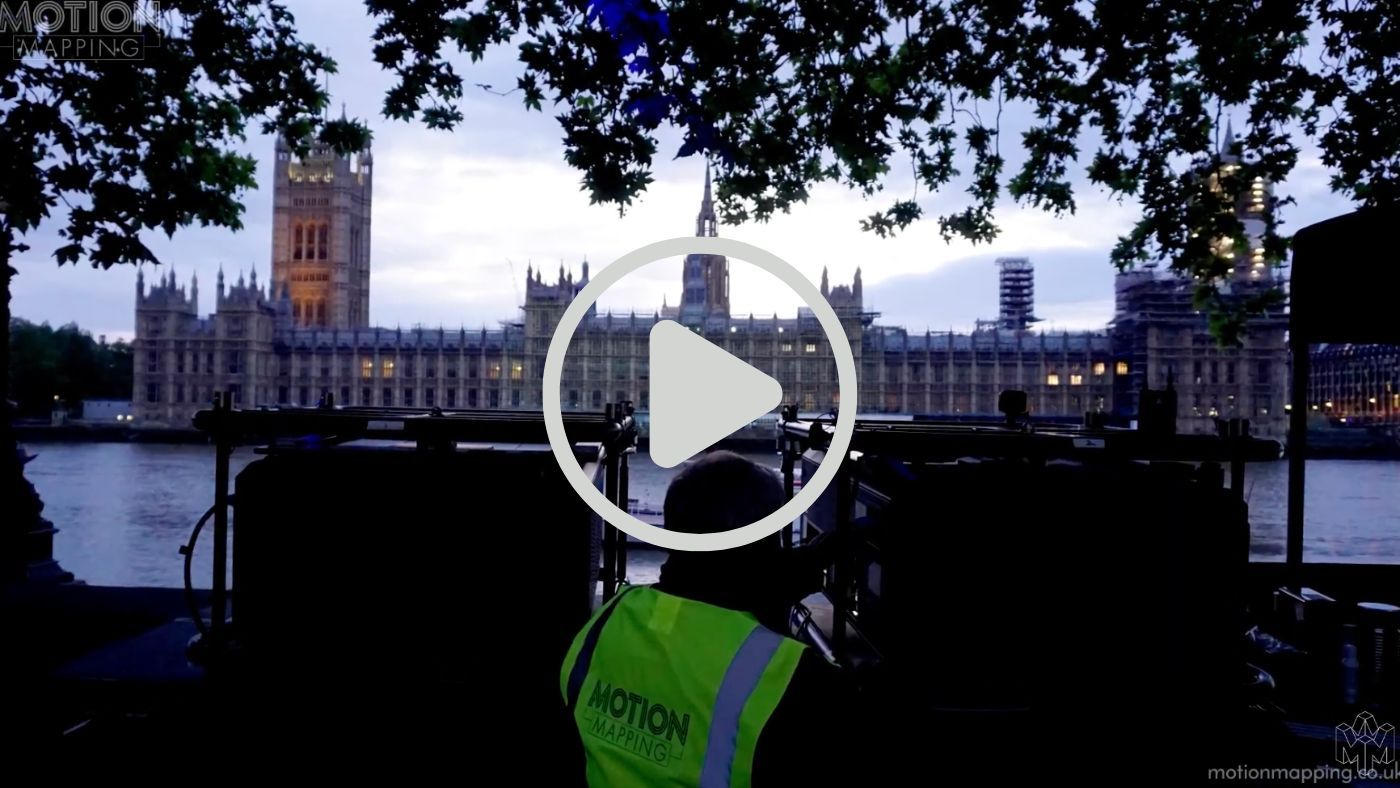Transform any space: Video mapping techniques that make a difference

Through the projection of images, videos or animations on three-dimensional surfaces, mapping creates visual illusions that interact with the environment, transforming any structure into a dynamic work of art.
Datapath tells us on its website the necessary tools to achieve a good projection:
- A projector: This is the main hardware you will use to project the image onto the surface. This can be a small projector or a series of high-powered projectors suitable for outdoor use. The type of projector needed will generally depend on the size of the surface and the distance between the projector and the surface.
- A computer and processors: These are used to run the projection mapping software, which is used to warp and blend the projected image to fit the surface.
- Projection mapping software: Choosing the right software can save you time and make a project fun, or cause headaches.
- Cables and adapters: Depending on the specific configuration of your project, you may need additional cables and adapters to connect the projector to the computer and other equipment.
- Audio equipment: If you also plan to incorporate sound into your project, you will need additional audio equipment, such as speakers and a mixing console.
But, for audiovisual professionals, producing a good mapping show requires more than just projecting images: it involves a combination of strategic planning, proper equipment and innovative techniques.
"The most important challenges facing 3D mapping projection are basically related to current expectations. There are increased application requirements involving more experienced and knowledgeable personnel, software enhancements for more accurate calibrations, and improvements in projection features to expand performance. Improvements are expected in surface predictions using AI, hybrid projection plus Augmented Reality lenses and integrated holographic technology, "says Rafael Herrera, Regional Sales Manager Datapath for Latin America, a company that will be present at Booth # 31 in InfoComm Latin America.

1. Know your space and the projection surface.
The first crucial step to a good mapping show is to understand the space you will be working in. Whether it is a building, a three-dimensional structure or a specific object, it is essential to know its physical characteristics: angles, textures, dimensions and any peculiarities that may influence how the projections are displayed.
Techniques to consider:
- Surface analysis: It is essential to know the projection surface: Is it flat or does it have complex textures? Are there irregularities that can distort the projected image? Performing a detailed analysis prior to production will help anticipate these challenges.
- Accurate metrics: Use measurement tools (laser or specialized applications) to obtain accurate surface dimensions. This will allow accurate mapping of the projections.
Projector selection and alignment
Choosing the right projector and aligning it correctly are determining factors in the quality of a mapping show. The projectors must be able to cover the projection surface with the necessary intensity and resolution.
Techniques to consider:
- Resolution and brightness: For large surfaces or outdoors, high resolution and high brightness projectors (minimum 5000 lumens) are required. The resolution should be adequate to ensure that details are clear and sharp, without losing quality when projecting.
- Projector configuration: Use projector alignment software, such as MadMapper or Resolume, to precisely configure the devices. These tools allow you to adjust image distortion and align multiple projectors on a single surface.

3. Creation of specific content for mapping
Visual content is the heart and soul of any mapping show. Creating animations or graphics that suit the characteristics of the projection surface and tell a visually appealing story is crucial.
Techniques to consider:
- Adapted design: Professionals must design content specifically for the space and surface chosen. Animations and visual effects must follow the geometry and curves of the projected structure. This means that content must be "molded" or "tweaked" to fit perfectly, avoiding distortion or misalignment.
- Interactivity: For live or interactive shows, incorporate interactivity elements. Use motion sensors, cameras or augmented reality (AR) technology to allow the audience to interact with the projected visual content.
- 3D Elements: 3D mapping is a growing trend. It takes advantage of software capabilities to create 3D models that adapt to surfaces, generating a more immersive experience.
4. Audio and video synchronization
A truly captivating mapping show depends not only on images, but also on sound. The perfect synchronization between audio and video is what turns a projection into a complete sensory experience.
Techniques to consider:
- Sound design: The sound design should complement the visual projections. Make sure the rhythm, atmosphere and narrative of the sound are aligned with the animations to maximize the emotional impact.
- Synchronization: Uses multimedia control software to precisely synchronize audio and video, ensuring that both visual and audio content are perfectly coordinated.

5. Testing and rehearsal prior to the event
The testing phase is essential to ensure that everything is working properly before the live presentation. Creating a high quality mapping show is not only a matter of technology, but also of time and fine tuning.
Techniques to consider:
- Tests in real conditions: It is advisable to carry out tests in the place where the show will take place, to check how the projections adapt to the real surface and how they interact with the ambient light.
- Real-time adjustments: During tests, it makes real-time adjustments to the projection, both in terms of brightness intensity, focus and geometric distortion correction.
6. Innovation in mapping technology
The audiovisual mapping industry is constantly evolving, and keeping up with the latest innovations is essential to deliver a spectacular show.
"As in any application involving technology, mapping has been relying on advances and improvements, both in projectors with its brightness and resolution and better features of geometry adjustments, but also the development of specialized software and high-performance graphics servers. The current trend of this technology is towards convergence with other emerging areas such as augmented reality, IoT and robotic automation," said Rafael.
Current trends:
- Augmented Reality (AR): The integration of AR into video mapping allows for more immersive experiences, where viewers can interact with the projected content using mobile devices or AR glasses.
- Artificial Intelligence: Some mapping artists are incorporating AI to generate real-time visual effects that react to the environment or audience behavior, adding a layer of dynamism and personalization to the experience.
- 360-degree mapping: Spherical mapping projectors allow you to create immersive experiences that are not limited to a flat surface, but envelop viewers in a 360-degree projection, which is ideal for events in open spaces or large halls.
Be prepared and do it right!
Video mapping is a fascinating and constantly evolving discipline in the audiovisual world. To achieve a successful mapping show, professionals must master a combination of design, technology, timing and testing techniques.
With the right equipment and meticulous planning, you can create immersive visual experiences that wow viewers and leave a lasting impression.
Want to keep up with the latest trends and technological innovations in video mapping? You can find it all on the show floor of InfoComm Latin America, October 22-24 in Mexico City, register, visit Datapath and keep up to date with us!



